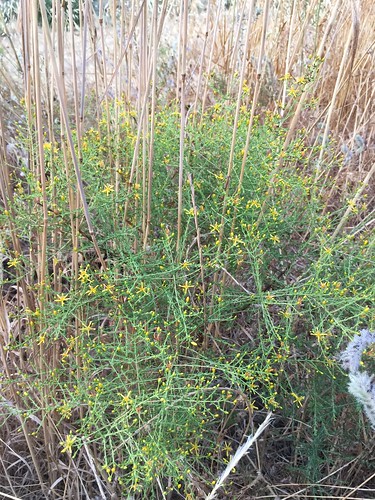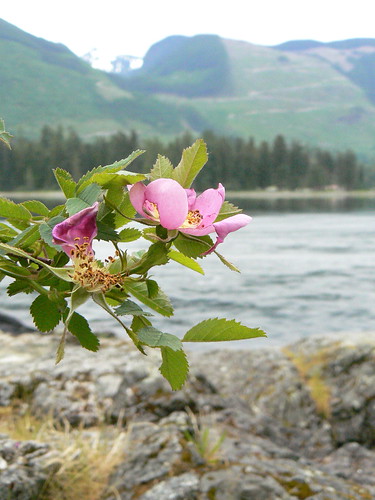Happy Summer Solstice!
Scents that mean summer to me: Splitting watermelons and slicing fresh rhubarb; tomato plants and heirloom tomatoes carrying that tomato-leaf scent in their still-green parts; suntan lotion mingled with poolside chlorine, vanilla and banana flavoured ice cream bars (the cheaper the better), night blooming flowers (Cestrum nocturnum, honeysuckle and jasmine), cut flowers with intoxicating aroma filling the house - white and pink peonies, peppery white and yellow freesias, but tuberose after dark being the queen of them all. Dewy gardenias and frangipannis, reminiscent of happy days by the beach - and of course, endless amounts of salty sea breeze.
When summer start hinting about getting serious at all, I bring out some of the bottles that are waiting patiently 10 months out of the year, making their debut with much needed TLC:
Cooling off with hydrating fruits: Citrus are famous for their cooling, refreshing qualities in the summertime. But they are not the only fruit-based scents that I reach for in the summer. Figs, cantaloupes and mango seem to be making an appearance in my olfactory fruit-bowl.
PhilosykosThere is nothing like green figs, and when you can't have them - the longing for them makes the heart even fonder. Philosykos makes me feel as if I'm sitting under a fig tree by a cool brook in the Galilee, and picking ripe green figs, their milky sap dripping off their stems (and that's the part you want to avoid, but is represented by a green coconutty note).
Un Jardin Apres la MoussonThis singular perfume is simultaneously cool and refreshing yet at the same time juicey and sweet. I love the contrast between cantaloupe and the cool vetiver, fresh ginger and coriander.
Eau d'Orange VerteTo a classic eau de cologne frehsness, there is a hint of green mango added (in the new formulation, which isn't as bad as I feared). I still stick to my
OrcasThere is no scent that screams "West Coast" more than Orcas. I dreamed it while vacationing in Tofino and fine tuned it when spending an entire summer at SunsetBeach. Its main citrus component is lime - a surprisingly coconutty citrus note. Paired with seaweed and rosemary and smoothed out by violets
Tropical Island Vacation: Unless you count my dreams (and daydreaming) - I never did go on a tropical island vacation. But this fantasy is an inevitable part of my summer enjoyment, which includes spending as much time at the beach as possible.
Terra Cotta Eau de Sous le VentSupposedly a tan enhancer, I wear this for the scent alone. It's like a beach vacation in a bottle. And even if mine usually happen 10 minutes away at the beach down the hill, and go for only a few hours at a time - it creates an illusion that I actually went away somewhere exotic.
Azuree de Soleil Body Oil Who said you can't be sophisticated at the beach? This European suntan lotion inspired scent is much more than that. It's very light yet has depth. The white florals are toned down, and unusual resinous notes and subtle musk are what make it so charming.
Vanille Banane Just like the banana ice cream bars we'd have at the beach as kids. The flavour is fake, but oh so charming. Banana esters rule!
TamyaPlumeria tucked behind the ear, yellow sarong, flip flops and a spritz of this subtle beach scent - frangipanni, ylang ylang, cedar and soft musk and hint of vanilla make it a feel like an authentic tropical getaway. Cassis and yuzu add a fruity lift, reminiscent of ripe mango.
Midsummer Night: It is not surprising that on summer evenings I tend to reach to white florals. Tuberose, gardenia and jasmine perfumes are at forefront of my evening summer wardrobe.
Opium Fleur de Shanghai is a more subdued, easy to wear spicy-oriental with magnolia as an added twist to the original rich formula. There is still plenty of spice and resinous goodness (myrrh especially), but it can be worn with dignity even in heat and humidity.
SongesYlang ylang, frangipani and jasmine over a soft ambery base. Songes is the roundest, most pampering of all the Annick Goutal perfumes, with no sharp edges or heady floralcy which prevents me to be able to fully connect to the rest.
Moon BreathSoft, smooth yet meditative, I love wearing this incensey white-floral in an evening while enjoying the potted star jasmine and burning a good incense on my balcony on those rare balmy summer nights we get here maybe twice a year if we're lucky...
GiGiLuscious gardenia soliflore, that makes me feel like I have the real flower pinned to my hair. It's heady and rounded, distinctively gardenia and makes me feel happy.
What about you? What scents do you crack open when the summer arrives?
Read my previous years Summer Lists:
2009,
2010,
2011,
2012,
2013.
And now - off to the beach!






